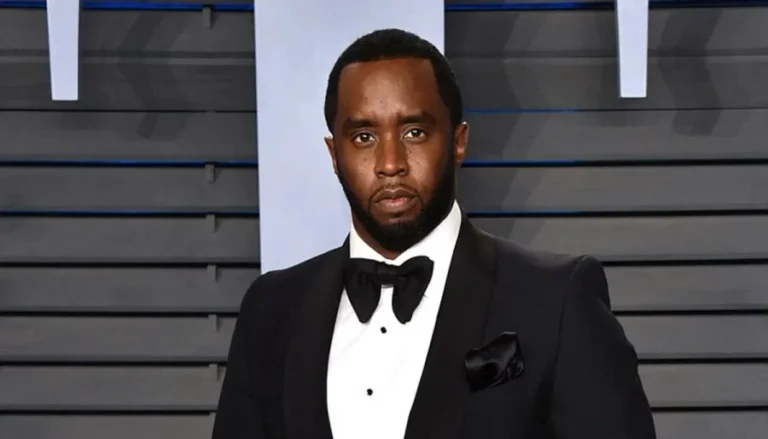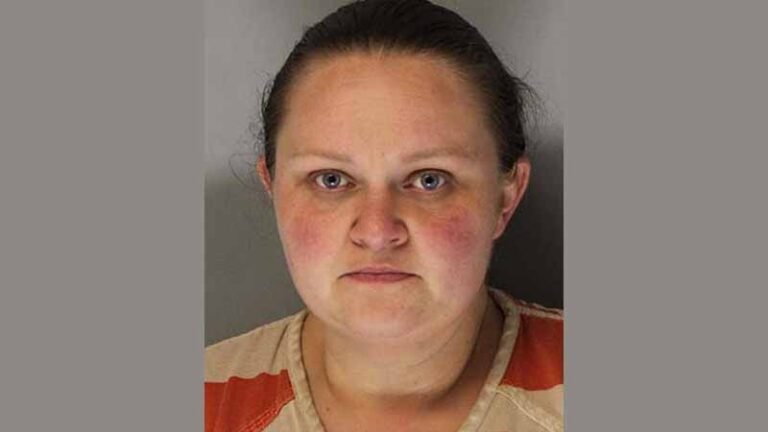
Clinic One
You’d think if there were a vaccine that could prevent tens of thousands of cancer cases each year, people would eagerly embrace it for themselves and their children. However, new data released Thursday ahead of the American Society of Clinical Oncology’s annual meeting indicate that this isn’t the case.
The StatNews revealed that the HPV vaccine reduced the risk of HPV-related cancers by 56% in men and 36% in women. These numbers likely understate the vaccine’s efficacy because participants in this observational study probably received the vaccine too late to prevent all HPV infections. The analysis was led by Jefferson DeKloe, a research fellow at Thomas Jefferson University.
The efficacy of the HPV vaccine, particularly Gardasil introduced by Merck in 2006, in reducing the risk of HPV infection and precancerous cervical lesions, has long been established. However, a significant finding by researcher Maura Gillison in 1999 suggested another potential benefit: the vaccine might also prevent throat cancer in men, caused by sexually transmitted HPV.
Despite slower data emergence on preventing throat cancer, the Centers for Disease Control and Prevention (CDC) estimate that HPV causes about 37,000 cancers annually in the U.S., including 12,500 oropharyngeal cancers in men and 10,500 cervical cancers in women. HPV can also cause cancers of the anus, penis, vagina, and vulva, though less commonly.
The new data, presented at ASCO, are based on HPV rates in a massive database of electronic health records from 90 million patients, collected by TriNetX, a private company specializing in observational studies.NBC News Reported this, Researchers compared approximately 1.7 million vaccinated patients with an equal number of unvaccinated control patients. Among these, 56% were female, 53% were white, and 21% were Black/African American, with a mix of other backgrounds.
There are challenges with this study setup, potentially disadvantaging the vaccine. Some patients with cervical lesions received the vaccine post-lesion appearance, and others might have been vaccinated after already contracting HPV, which can take years to cause cancer. Additionally, some control group members might have received the vaccine without it being recorded, potentially skewing results.
Despite these challenges, the results were significant. Vaccinated males had 3.4 cases of HPV-linked cancer per 100,000 patients, compared to 7.5 per 100,000 unvaccinated patients. Vaccinated females had 11.5 cases per 100,000 patients versus 15.8 per 100,000 unvaccinated patients.
Other studies affirm the vaccine’s higher effectiveness when administered at a younger age. A recent study in Scotland found no cervical cancer cases in women vaccinated before age 14.
However, another study presented at ASCO indicated that HPV vaccination rates in U.S. adolescents and young adults improved from 7.8% to 36.4% in males and from 37.7% to 49.4% in females between 2011 and March 2020. This means that most people still aren’t being vaccinated.
Reasons for low vaccination rates include growing vaccine skepticism and hesitancy, which existed even before the Covid-19 pandemic. This is unfortunate. HIV told this
Merck’s Gardasil launch involved some controversial political maneuvers, and the company has profited significantly from the vaccine, with sales growing 29% to $8.9 billion last year. However, the vaccine’s development was also driven by Kathrin Jansen, a researcher who championed the vaccine amid internal skepticism at Merck. She later led Pfizer’s vaccine effort during the pandemic.
There is no longer any debate that this vaccine could prevent tens of thousands of cancer cases annually if used more widely. It’s a miraculous product, and we should be utilizing it extensively.






